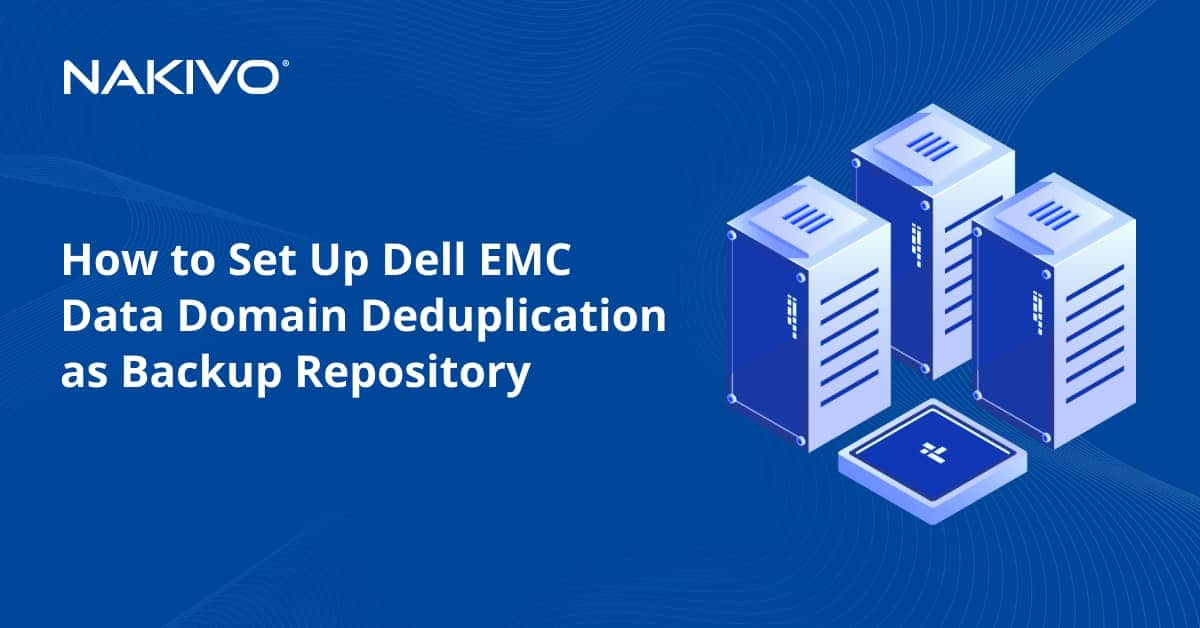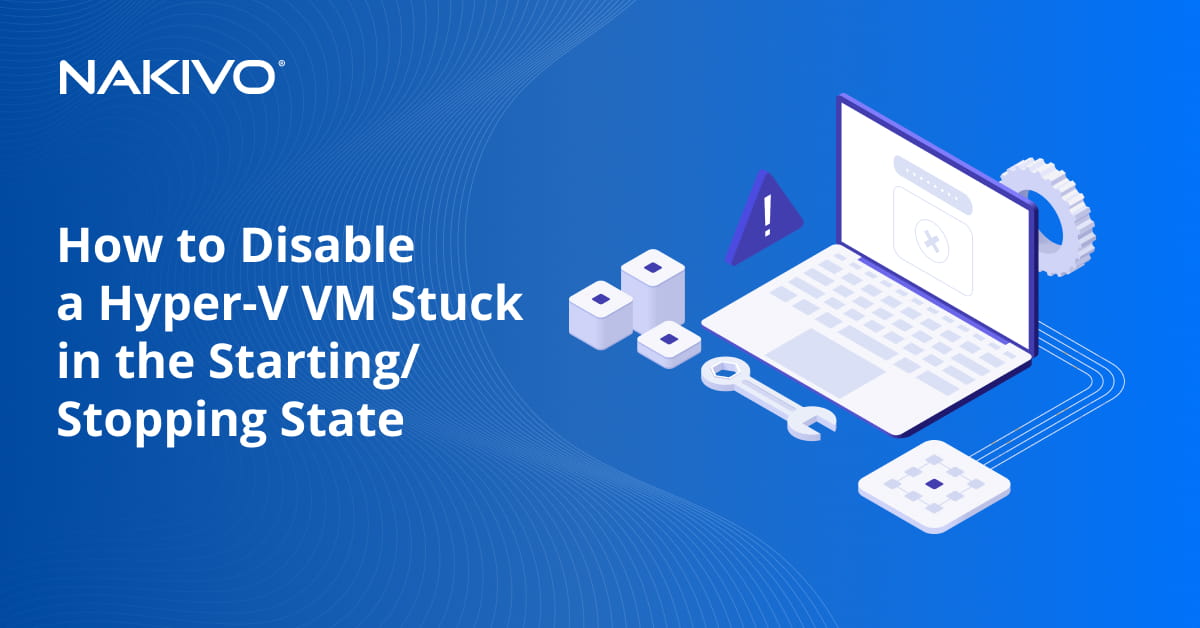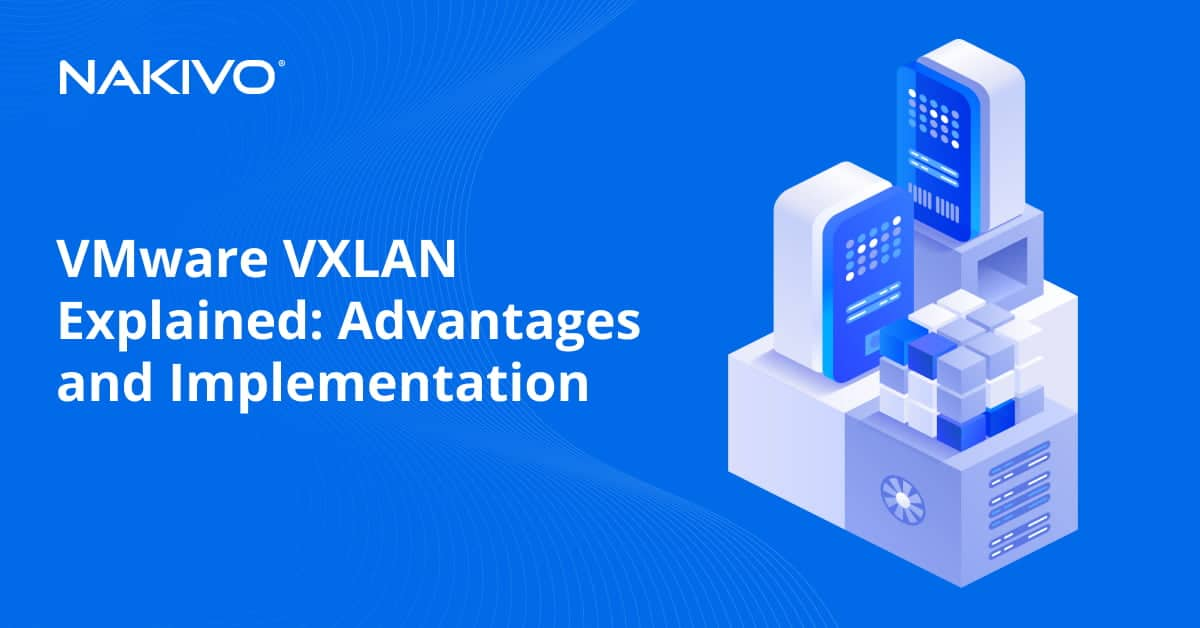Disaster Recovery In Cloud Computing: All You Need To Know
Data is the most valuable asset of modern-day organizations. Its loss can result in irreversible damage to your business, including the loss of productivity, revenue, reputation, and even customers. It is hard to predict when a disaster will occur and how serious its impact will be. However, what you can control is the way you respond to a disaster and how successfully your organization will recover from it. Get to discover post how you can use disaster recovery in cloud computing for your benefit.
This blog post attempts to answer the following questions:
- How does disaster recovery in cloud computing differ from traditional disaster recovery? – Traditional disaster recovery involves building a remote disaster recovery (DR) site, which requires constant maintenance and support on your part. In this case, data protection and disaster recovery are performed manually, which can be a time-consuming and resource-intensive process. Disaster recovery in cloud computing entails storing critical data and applications in cloud storage and failing over to a secondary site in case of a disaster. Cloud computing services are provided on a pay-as-you-go basis and can be accessed from anywhere and at any time. Backup and disaster recovery in cloud computing can be automated, requiring minimum input on your part.
- How does disaster recovery planning work in cloud computing? – Creating, testing, and updating a DR plan can prepare your organization for an unexpected disaster and ensure safety and continuity for your business. A comprehensive DR plan should take into account your infrastructure, potential threats and vulnerabilities, most critical assets and the order of their recovery, and workable DR strategies. Integration of cloud computing services in disaster recovery allows you to design a DR plan and automate each step of the recovery process.
- How can NAKIVO Backup & Replication protect your IT infrastructure? – NAKIVO Backup & Replication is a reliable, effective, and affordable data protection solution which can protect VMware, Hyper-V, AWS EC2 and Nutanix environments using backup, backup to cloud, replication, failover, failback, and disaster recovery.
Read further to discover what makes cloud computing the safest and most versatile approach to disaster recovery.
Backup and Disaster Recovery in Cloud Computing
Cloud computing is the on-demand delivery of computing services over the internet (more often referred to as ‘the cloud’) which operates on a pay-as-you-go basis. Cloud computing vendors generally provide access to the following services:
- Infrastructure as a service (IaaS) allows you to rent IT infrastructure, including servers, storages and network component, from the cloud vendor.
- Platform as a service (PaaS) allows you to rent a computing platform from the cloud provider for developing, testing, and configuring software applications.
- Software as a service (SaaS) allows you to access software applications which are hosted on the cloud.
As you can see, each cloud computing service is designed to help you achieve different business needs. More so, cloud computing can considerably improve data the security and high availability of your virtualized workloads. Let’s discuss how you can approach disaster recovery in the cloud computing environment.
Cloud disaster recovery vs. traditional disaster recovery
Cloud disaster recovery is a cloud computing service which allows for storing and recovering system data on a remote cloud-based platform. To better understand what disaster recovery in cloud computing entails, let’s compare it to traditional disaster recovery.
The essential element of traditional disaster recovery is a secondary data center, which can store all redundant copies of critical data, and to which you can fail over production workloads. A traditional on-premises DR site generally includes the following:
- A dedicated facility for housing the IT infrastructure, including maintenance employees and computing equipment.
- Sufficient server capacity to ensure a high level of operational performance and allow the data center to scale up or scale out depending on your business needs.
- Internet connectivity with sufficient bandwidth to enable remote access to the secondary data center.
- Network infrastructure, including firewalls, routers, and switches, to ensure a reliable connection between the primary and secondary data centers, as well as provide data availability.
However, traditional disaster recovery can often be too complex to manage and monitor. Moreover, support and maintenance of a physical DR site can be extremely expensive and time-consuming. When working with an on-premises data center, you can expand your server capacity only by purchasing additional computing equipment, which can require a lot of money, time, and effort.

Disaster recovery in cloud computing can effectively deal with most issues of traditional disaster recovery. The benefits include the following:
- You don’t need to build a secondary physical site, and buy additional hardware and software to support critical operations. With disaster recovery in cloud computing, you get access to cloud storage, which can be used as a secondary DR site.
- Depending on your current business demands, you can easily scale up or down by adding required cloud computing resources.
- With its affordable pay-as-you go pricing model, you are required to pay only for the cloud computing services you actually use.
- Disaster recovery in cloud computing can be performed in a matter of minutes from anywhere. The only thing you need is a device that is connected to the internet.
- You can store your backed up data across multiple geographical locations, thus eliminating a single point of failure. You can always have a backup copy, even if one of the cloud data centers fails.
- State-of-the-art network infrastructure ensures that any issues or errors can be quickly identified and taken care of by a cloud provider. Moreover, the cloud provider ensures 24/7 support and maintenance of your cloud storage, including hardware and software upgrades.
Why Choose Disaster Recovery in Cloud Computing
The primary goal of disaster recovery is to minimize the overall impact of a disaster on business performance. Disaster recovery in cloud computing can do just that. In case of disaster, critical workloads can be failed over to a DR site in order to resume business operations. As soon as your production data center gets restored, you can fail back from the cloud and restore your infrastructure and its components to their original state. As a result, business downtime is reduced and service disruption is minimized.

Due to its cost-efficiency, scalability, and reliability, disaster recovery in cloud computing has become the most lucrative option for small and medium-sized businesses (SMBs). Generally, SMBs don’t have a sufficient budget or resources to build and maintain their own DR site. Cloud providers offer you access to cloud storage, which can become a cost-effective and long-lasting solution to data protection as well as disaster recovery.
How to Design a Cloud-Based Disaster Recovery Plan
After considering the benefits of cloud computing in disaster recovery, it is time to design a comprehensive DR plan. In fact, you can read one of our blog posts which walks you through the entire process of a creating a DR plan. Below, we are going to discuss how to create a DR plan which works in the cloud environment.
As a rule, an effective cloud-based DR plan should include the following steps:
- Perform a risk assessment and business impact analysis.
- Choose prevention, preparedness, response, and recovery measures.
- Test and update your cloud-based DR plan.
Let’s discuss how disaster recovery planning works in cloud computing.
Perform a risk assessment and business impact analysis
The first step in a disaster recovery planning in cloud computing is to assess your current IT infrastructure, as well as identify potential threats and risk factors that your organization is most exposed to.
A risk assessment helps you discover vulnerabilities of your IT infrastructure and identify which business functions and components are most critical. At the same time, a business impact analysis allows you to estimate how unexpected service disruption might affect your business.
Based on these estimations, you can also calculate the financial and non-financial costs associated with a DR event, particularly Recovery Time Objective (RTO) and Recovery Point Objective (RPO). The RTO is the maximum amount of time that IT infrastructure can be down before any serious damage is done to your business. The RPO is the maximum amount of data which can be lost as a result of service disruption. Understanding the RTO and RPO can help you decide which data and applications to protect, how many resources to invest in achieving DR objectives, and which DR strategies to implement in your cloud-based DR plan.
Implement prevention, preparedness, response, and recovery measures
The next step is to decide which prevention, preparedness, response, and recovery (PPRR) measures should be implemented in disaster recovery of the cloud computing environment. In a nutshell, PPRR measures can accomplish the following:
- Prevention allows you to reduce possible threats and eliminate system vulnerabilities in order to prevent a disaster from occurring in the first place.
- Preparedness entails creating the outline of a DR plan which states what to do during an actual DR event. Remember to document every step of the process to ensure that the DR plan is properly executed during a disaster.
- Response describes which DR strategies should be implemented when a disaster strikes in order to address an incident and mitigate its impact.
- Recovery determines what should be done to successfully recover your infrastructure in case of a disaster and how to minimize the damage.
After you have determined which approach to disaster recovery to implement, you should choose a data protection solution capable of putting your DR plan into action and achieving DR objectives. Choose the solution which meets your business needs and complies with your infrastructure requirements. For this purpose, consider the following criteria:
- Available services
- Hardware capacity
- Bandwidth
- Data security
- Ease of use
- Service scalability
- Cost
- Reputation
Test and update your cloud-based DR plan
After you have created and documented the DR plan, you should run regular tests to see if your plan actually works. You can test whether business-critical data and applications can be recovered within the expected time frame.
Testing a cloud-based DR plan can help you identify any issues and inconsistencies in your current approach to disaster recovery in cloud computing. After the test run, you can decide what your DR plan lacks and how it should be updated in order to achieve the required results and eliminate existing issues.




